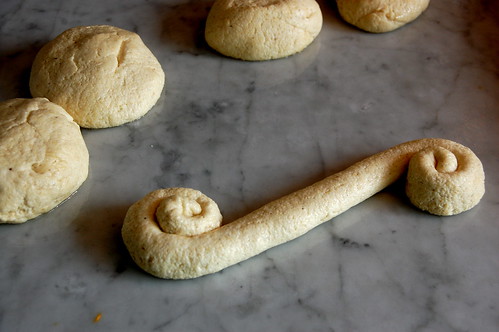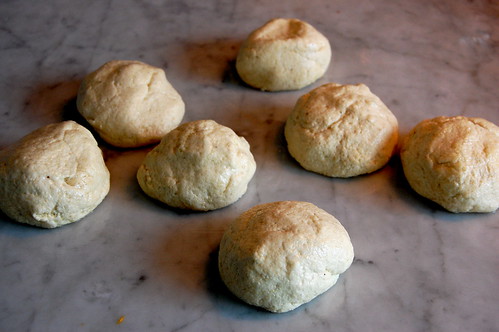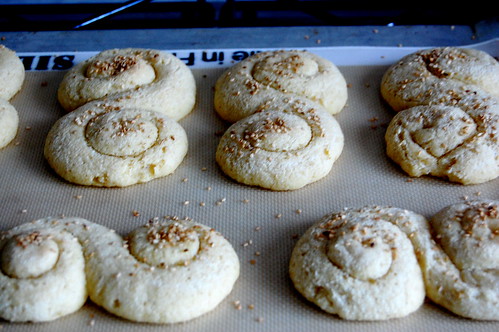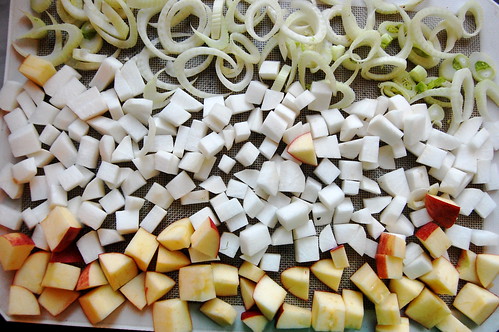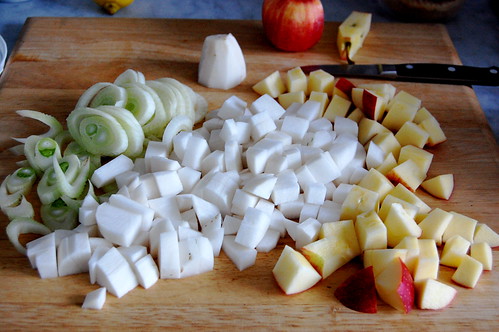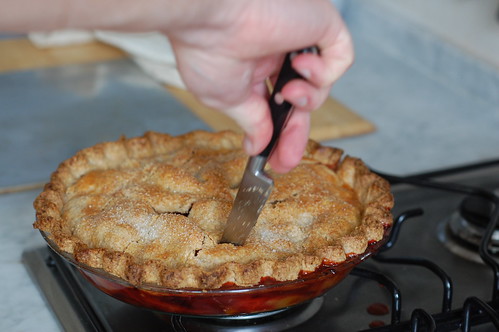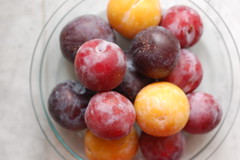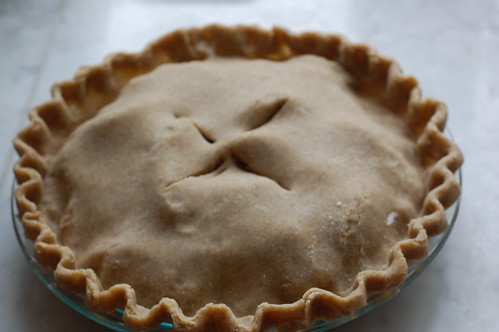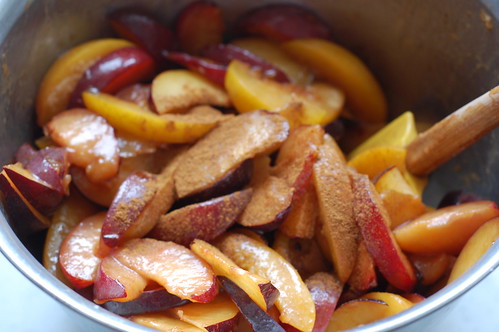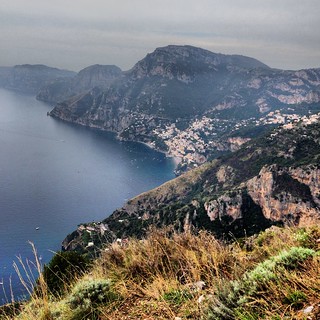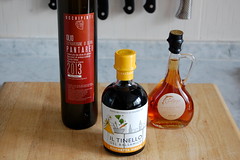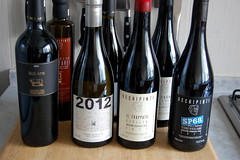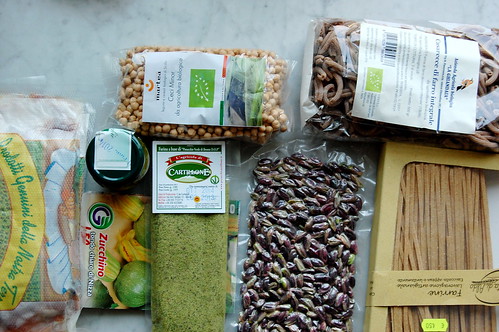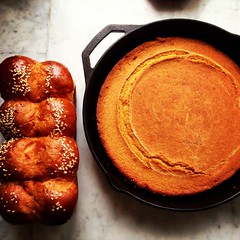

I thought I would share some of our holiday pictures here for those of you who don't follow along on Instagram. I was really excited to get to share Thanksgiving with some of our Algerian and French guests, not to mention our American friends. At dinner we were dicussing how Thanksgiving is such a wonderful holiday because of all the things it's not -- not religious, not about giving gifts, not about a manadatory guest list. Thanksgiving can be with your family, with your oldest friends, or a chance to make new friends. It's about sharing a meal and quality time with people you enjoy, something we don't do often enough in my opinion.
One of our international guests even told me at the end of the evening that she wished her country had a holiday like Thanksgiving, which pretty much made my day. Plus several people asked for recipes and one guest even insisted (really truly insisted!) on helping do all the dishes before he left. I'm pretty sure there's nothing better than waking up the day after Thanksgiving and not having to do any clean-up! I hope you all are having relaxing holiday weekends, and I thought I'd share some things I've enjoyed reading recently.
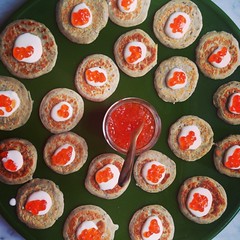

Spot-on Turkey Day cartoons over at the New Yorker.
Pie Crust Decorating Ideas in time for the holiday season. I made the decoration on our rye pie (below) with a grapefruit spoon, which has serrated edges. Also this Salty Honey Pie keeps popping up everywhere.
An article on Camus and Algeria, who would have been 100 this year.
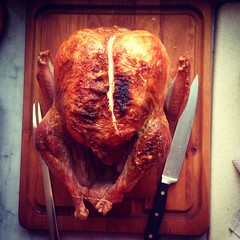
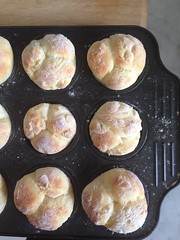
I am totally obsessed with this recipe for homemade almond extract over at Ciao Samin (a great blog). I know what I'll be doing with this spring's apricots.
Also on the list of recipes I'm obsessed with: Libyan Sfinz. Fried dough with a poached egg in the middle? Sign me up.
A little bit outdated, but I loved this post about the last of the summer tomatoes from Saipua (incidentally, Saipua helped me find our amazing wedding planner, and they do beautiful things with flowers). Read it some cold dreary winter day and dream about your next summer tomato.
I finally watched the movie Frances Ha (Netflix/iTunes) which is so sweet and endearing. A movie about a young modern dancer trying to make her way in New York, well I can't imagine why I would be interested in that?! But really, I think anyone would enjoy this little black-and-white film.
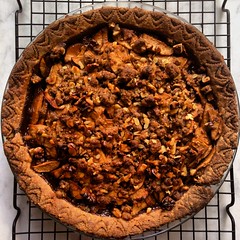
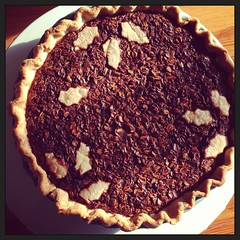
Hope everyone had a great and delicious holiday!


